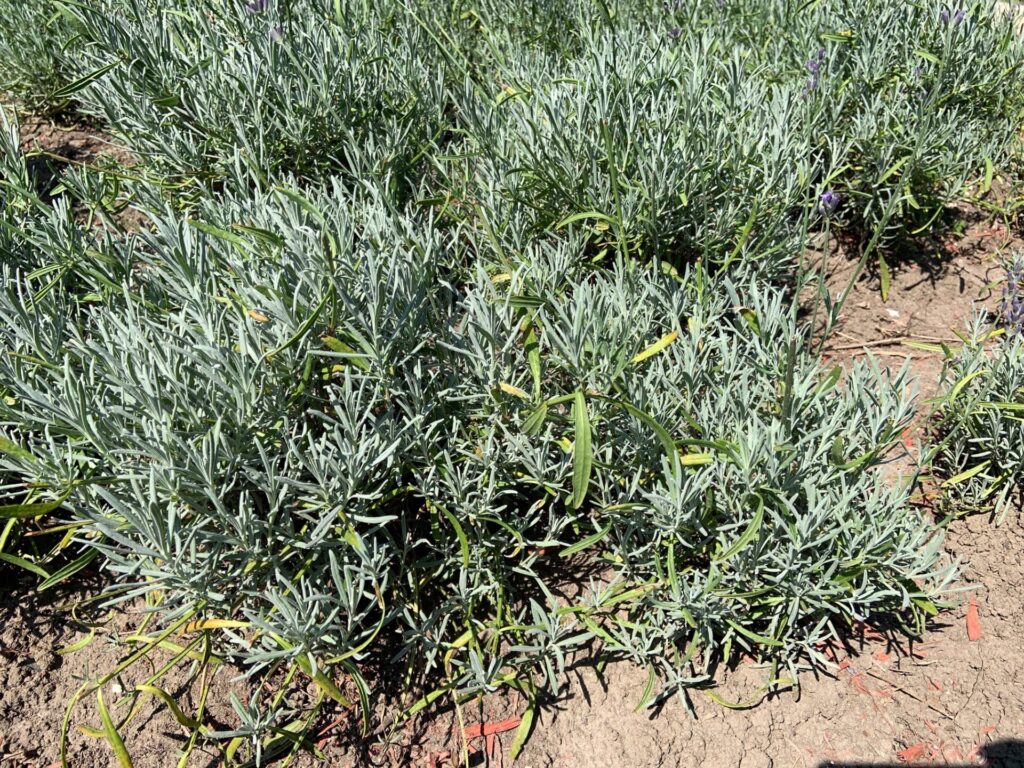
Hello,
Last year I planted about 25 Phenomenal lavender that I bought in plug tray. The plants were very small and I planted them around 10-12 inches apart.
This spring they grew very fast and had plenty of flowers about 2 feet high. I harvested all the flowers and all of the plants looked healthy but had some yellow leaves after several days of rain. I think they’re too close to one-another and need more space in between. So I should transplant them with a larger gap in between, may be 2 feet apart. I’d like to know what is the best time for transplanting, can I do it now or is it better in the spring?
Also I’d like to know if I plant different species of lavender in the garden, will they affect each other? Cross-pollinating and possibly affecting the flowers? Because I harvest the flowers for culinary use.
Thank you in advance!
Congratulations on your success with your lavender. Typically, lavender should be planted about two to three feet apart, depending on the size of the variety, to ensure there is adequate spacing to allow good air circulation. This spacing will help to reduce fungal diseases, and provide good access to sunlight. It would be best to transplant in the early spring before the buds break to ensure the roots have enough time to establish in their new location. When you transplant, use a pitchfork rather than shovel to dig up the root ball to reduce the chances of damaging the roots. Starting at the crown of the plant, dig toward the root at a 45-degree angle and work your way around the circumference of the plant, lifting the root ball as you go, then gently remove the root ball from the soil, teasing away the soil from the roots to avoid damaging them.
Lavender thrives in in poor soil conditions, and prefers sandy, alkaline, well drained soils, with at least six hour of sun each day. The yellowing leaves were probably the result of poor drainage after the heavy rains. As such, if your soil is organically rich, or has a lot of clay, you may want to amend the soil in the new planting location with some sand – about 30% sand to 70% soil – to improve drainage and to reduce the levels of nutrients in the surrounding soil. Water well after transplanting, and once per week for the next four weeks (allowing the soil to dry out completely between waterings) and then reduce watering to every two weeks during periods of no rain.
While it is certainly possible that different cultivars of lavender will cross-pollinate, this will not affect the flowers of the parent plants, only the plants from the seed they produce. Typically, cross-pollinated lavender does not “come true” – that is, the plant that grows from cross-pollinated seeds will not display the desired characteristics of the parent plants. But if you are not planning on harvesting seed for propagation, cross-pollination won’t be an issue for your flowers.

